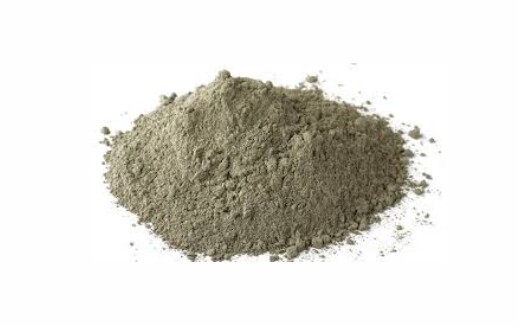Sustainability
Portland-limestone cement makes concrete the solution of choice for a low carbon sustainable built environment.
Portland-limestone cement makes concrete the solution of choice for a low carbon sustainable built environment.

Portland-limestone cement, also known as PLC or Contempra, is rapidly becoming the preferred cement for the majority of new construction projects in Canada. This type of cement has performance comparable to Type I Portland cement but with about 10% lower greenhouse gas emissions.
Portland-limestone cement’s 10% reduction in CO2 emissions occurs during the cement manufacturing process. While regular Portland cement may contain up to 5% ground limestone, Portland-limestone cement is made by intergrinding up to 15% limestone with a reduced amount of regular clinker, the main energy-intensive ingredient in cement. By reducing the amount of clinker used in manufacturing cement by 10%, the industry has taken one of the most important steps in reducing the environmental impact of cement.
Portland-limestone cement’s manufacturing process involves modifying the clinker and limestone proportions before the final grinding takes place. The limestone, being a softer material, is ground finer than the clinker. However, both the clinker and the limestone in Portland-limestone cement are ground finer than in regular Portland cement. The particle size and the particle size distribution in Portland-limestone cement have a significant impact on the properties of the final concrete product. This process of achieving the proper size and distribution of particles in Portland-limestone cement is commonly referred to as “optimizing” the cement.
The limestone is subjected to three quality assurance tests prior to manufacturing to ensure that Portland-limestone cement will provide suitable performance. These tests are for calcium carbonate content, clay content and total organic carbon content.
Portland-limestone cement is included in the CSA cement and concrete standards, referenced in the 2010 National Building Code of Canada.
The new CSA A3001-13 and A23.1-14 Standards now provide specifications for the use of Portland-limestone cement in sulphate exposure environments.
An initiative called the 2050 Climate Ambition, co-ordinated by the Global Cement and Concrete Association, aims to deliver carbon neutral concrete by 2050. As a key part of the construction industry, cement manufacturers have been making major contributions to help address global climate change and move towards a greener cement industry.
Portland-limestone cement represents an important milestone in the industry’s continued progress in reducing its environmental footprint. Over the last decade, we have reduced our GHG emissions by 15%. Which is an important contribution considering concrete is the most-used construction material on the planet.
Here is some additional information on Portland-limestone cement from the Cement Association of Canada.
Brochure
Webinar (2019)